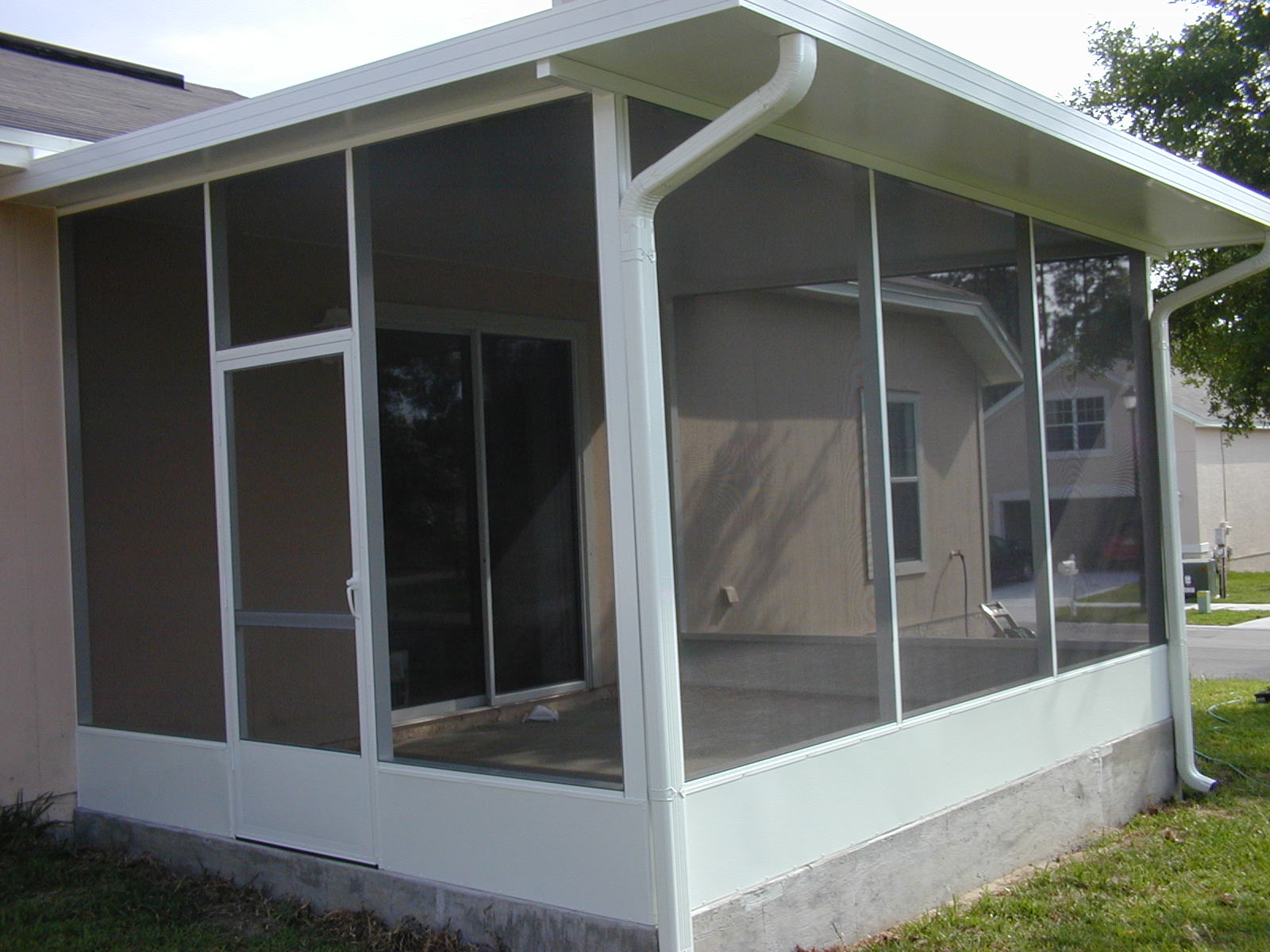Starting with an existing base, such as a terrace or patio, is the most cost-effective approach to building a screened-in porch. Screening in a preexisting porch is a simple do-it-yourself project that requires just basic carpentry skills. Screening in a porch or terrace is often less expensive than installing from scratch since it requires less construction. There are also kits available to help people screen on a porch inside the easiest way possible. To learn if you’ll need a construction permit to finish the task, check with the local zoning authority. Screening in a preexisting porch usually does not require a permit. However, if you’re beginning from scratch, screened in porch it’s crucial to investigate the laws first.
Make a layout of their porch or balcony to figure out what supplies
You’ll need to finish the job. That plan included a basic sketch to scale as well as the real foundation dimensions. Install outside siding from the railing to the existing veranda or deck flooring to create a knee wall. Fasten the siding towards the posts using nominal group nails. Based on the scale of the structure, extra posts may be required. The most common mesh size for screening is 18 besides 14, which also will keep most insects out. The tiny 20 x 20 mesh, on the other hand, will keep even the tiniest insects out. Calculate the length between the current columns and any new columns that may be required. Consider buying a screen framing kit to simplify the job and save money on the expense of making your structure. To accommodate the spacing between the deck columns, kits are normally supplied in a variety of conventional sizes. As required, screened in porch paint or varnish the foundation and pilasters.


